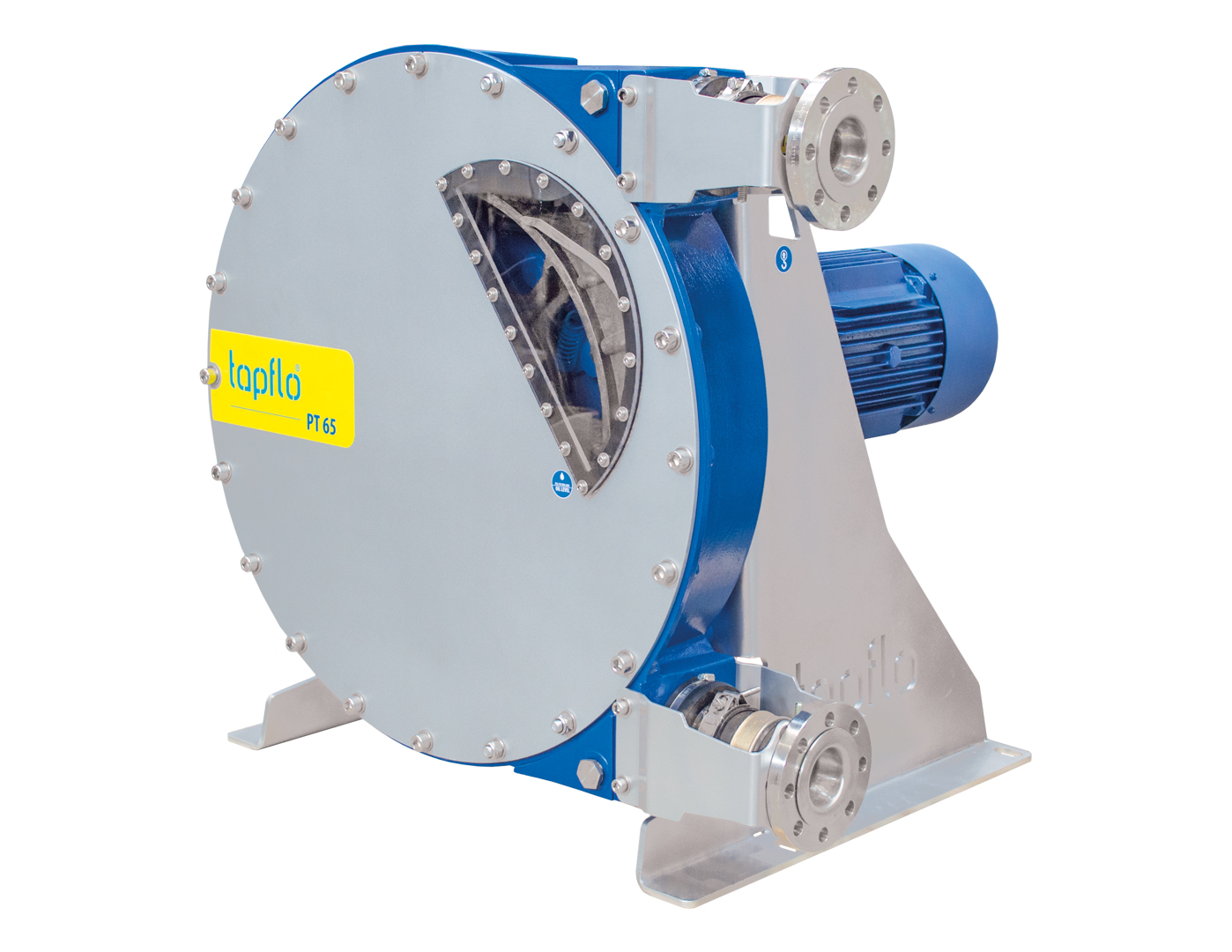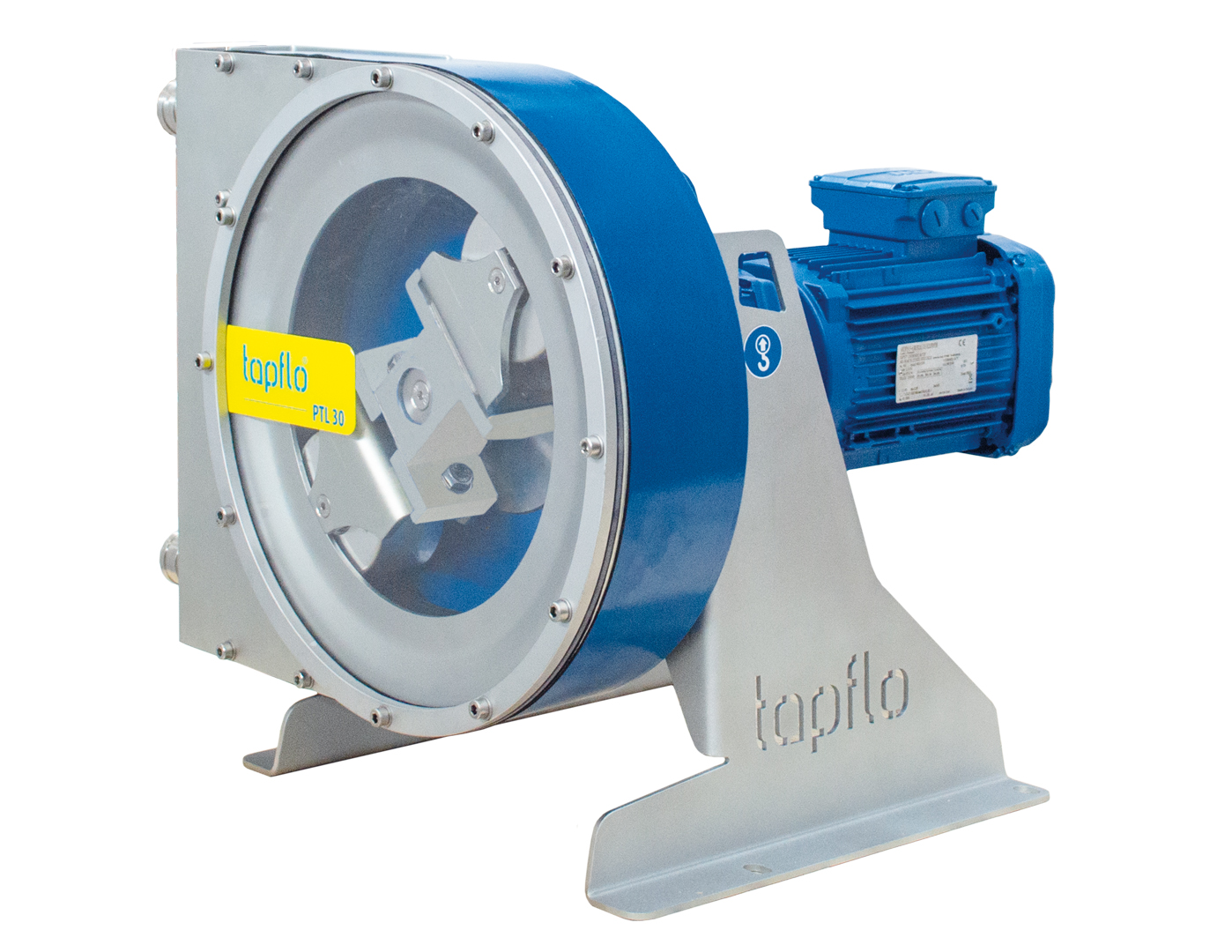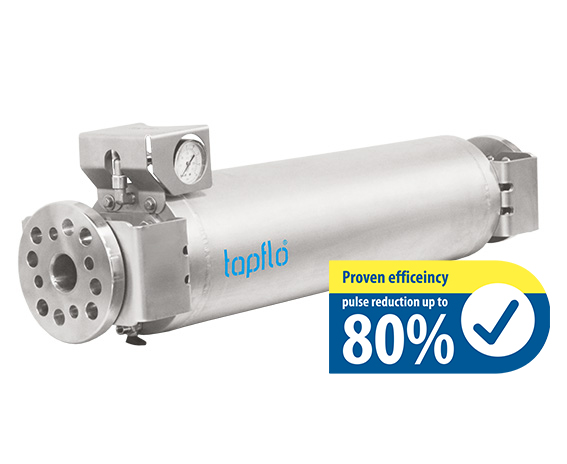New definition of the Hose Pump
Solution for abrasive, corrosive and viscous liquids with particles
PT - high pressure
(up to 15 bars)
| capacity 0 - 60m3/h
| shoe design
| lubricant type: glycerine FDA
| housing material - nodular cast iron
| 15 sizes available
| horizontal and vertical: gear motor position
| industries: industrial, paint, waste water treatment, food, paper mils, chemical, biogas, recycling, mining, building
PTL - low pressure
(up to 4 bars)
| capacity up to 5 m3/h
| roller design | lubricant type: silicone grease (food approved)
| housing material - aluminium
| 7 sizes available
| horizontal and vertical gear motor position | industries: pharmaceutical, water treatment food & beverage, cosmetics, chemical
Accessories
| DPT Pulsation dampener
| Revolution counter (RC)
| Hose leak detector (HLD)
| Vacuum system
| Build-in inverter (top or side)
| Trolleys

Certificates may vary depending on material execution of particular product.
FAQ
What is a hose pump?
A hose pump is a type of positive displacement pump that operates by compressing a flexible hose or tube with a rotating rotor to move fluid through the pump.
How does a hose pump work?
A hose pump works on the principle of peristaltic action, where the rotating rotor squeezes the hose or tube, creating a vacuum and drawing fluid into the pump. As the rotor continues to turn, the fluid is pushed through the hose and discharged.
What are the main components of a hose pump?
The main components of a hose pump include the rotor, hose or tube, housing, and a drive mechanism.
What are the advantages of using a hose pump?
Hose pumps are ideal for handling abrasive, viscous, and shear-sensitive fluids, as well as fluids containing solids, thanks to their gentle pumping action and non-contacting parts. In the hose pump, only 2 parts have contact with the liquid – the hose and the inserts.
Are hose pumps self-priming?
Yes, hose pumps are the one of the best pumps on the market in terms of self-priming since the vacuum created by the peristaltic action allows them to draw fluid into the pump from up to 9 meters.
Can hose pumps handle corrosive fluids?
Yes, hose pumps are well-suited for handling corrosive fluids since the fluid only comes into contact with the hose or tube, and the pump's mechanical parts remain isolated.
What types of applications are hose pumps commonly used for?
Hose pumps find applications in various industries, including chemical processing, mining, wastewater treatment, food and beverage, pharmaceuticals, and more.
How do I select the right hose material for my application?
Choosing the appropriate hose material depends on the chemical compatibility with the fluid being pumped. Consult the hose pump manufacturer or supplier for guidance on the best material for your specific application.
What maintenance is required for a hose pump?
Hose pumps require periodic inspection and maintenance, including checking for hose wear, ensuring proper tension of the hose, and lubricating the shoes and bearings as needed.
Can hose pumps handle high-pressure applications?
Yes, hose pumps are available in various models with different pressure ratings, allowing them to handle a wide range of pressures based on the specific requirements of the application.









